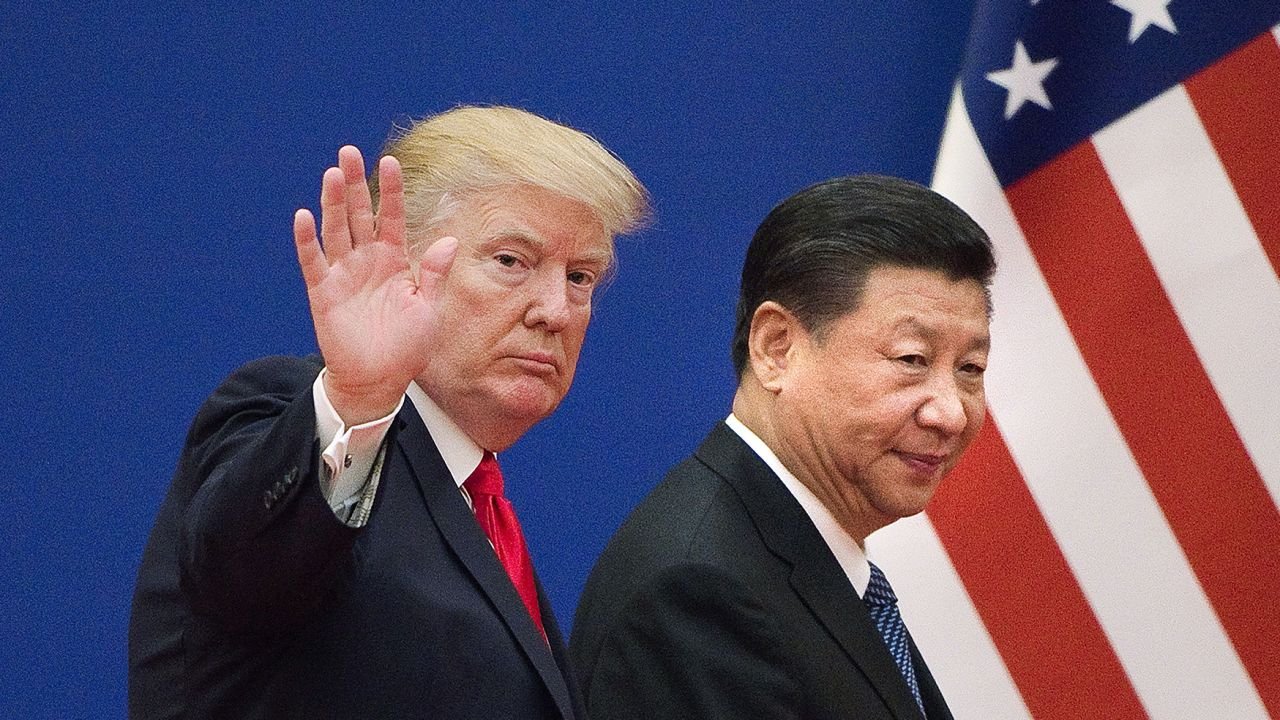GENEVA, SWITZERLAND — In a development that exceeded expectations, the United States and China have reached an agreement to temporarily reduce reciprocal tariffs. This move comes as the world’s two largest economies aim to de-escalate a damaging trade war that has fueled recessionary concerns and destabilized financial markets.
Both nations announced on Monday that the U.S. would decrease the additional tariffs imposed on Chinese imports in April of this year to 30% from 145%, while Chinese duties on U.S. imports would fall to 10% from 125%.
These new measures are set to take effect for a 90-day period. Following the announcement, the U.S. dollar strengthened against major currencies, and stock markets experienced gains, alleviating concerns about an economic downturn that had been triggered the previous month by U.S. President Donald Trump’s escalation of tariff measures intended to narrow the U.S. trade deficit.
“Both countries represented their national interest very well,” stated U.S. Treasury Secretary Scott Bessent following discussions with Chinese officials in Geneva. “We both have an interest in balanced trade, the U.S. will continue moving towards that.”
Speaking alongside U.S. Trade Representative Jamieson Greer after the weekend talks in Switzerland, during which both sides acknowledged progress in narrowing their differences, Bessent added, “The consensus from both delegations this weekend is neither side wants a decoupling. And what had occurred with these very high tariffs … was the equivalent of an embargo, and neither side wants that. We do want trade.”
The Geneva meetings marked the first in-person interactions between senior economic officials from the U.S. and China since Trump’s return to power and his subsequent implementation of a global tariff campaign, with particularly significant duties imposed on China.
Bessent clarified that the agreement did not encompass sector-specific tariffs and that the U.S. would persist with strategic rebalancing efforts in sectors such as medicines, semiconductors, and steel, where supply chain vulnerabilities had been identified.
Since assuming office in January, Trump had increased the tariffs paid by U.S. importers for goods from China to 145%, in addition to tariffs previously imposed during his first term and those levied by the Biden administration.
In response, China had placed export restrictions on certain rare earth elements, crucial for U.S. manufacturers of weaponry and consumer electronics, and had raised tariffs on U.S. goods to 125%.
Reprieve
Shares in European companies significantly impacted by the escalating trade war saw a rally on Monday. Maersk, a major shipping company, was the top gainer in Europe, with its shares rising by over 12% following the news. The company had recently warned of a sharp decline in container volumes between the world’s two leading economies due to the trade dispute.
Luxury goods firms such as LVMH and Kering also experienced significant gains, with their shares up by 7.4% and 6.7% respectively.
“This is better than I expected. I thought tariffs would be cut to somewhere around 50%,” commented Zhiwei Zhang, chief economist at Pinpoint Asset Management in Hong Kong.
“Obviously, this is very positive news for economies in both countries and for the global economy, and makes investors much less concerned about the damage to global supply chains in the short term,” Zhang added.
Also Read: US and China signal trade deal after ‘substantial progress’ in talks
The tariff dispute had brought nearly $600 billion in bilateral trade to a standstill, disrupting supply chains, raising concerns about stagflation, and leading to some job losses.
Wall Street stock futures rose as the talks boosted optimism that a global recession might be averted.
Trump had offered a “positive reading” of the talks before their conclusion, stating that the two sides had negotiated “a total reset… in a friendly, but constructive, manner.”
He had initially imposed the tariffs partly after declaring a national emergency regarding fentanyl entering the United States, and Greer noted that discussions on curbing the deadly opioid were “very constructive,” although they were being conducted on a separate track.


